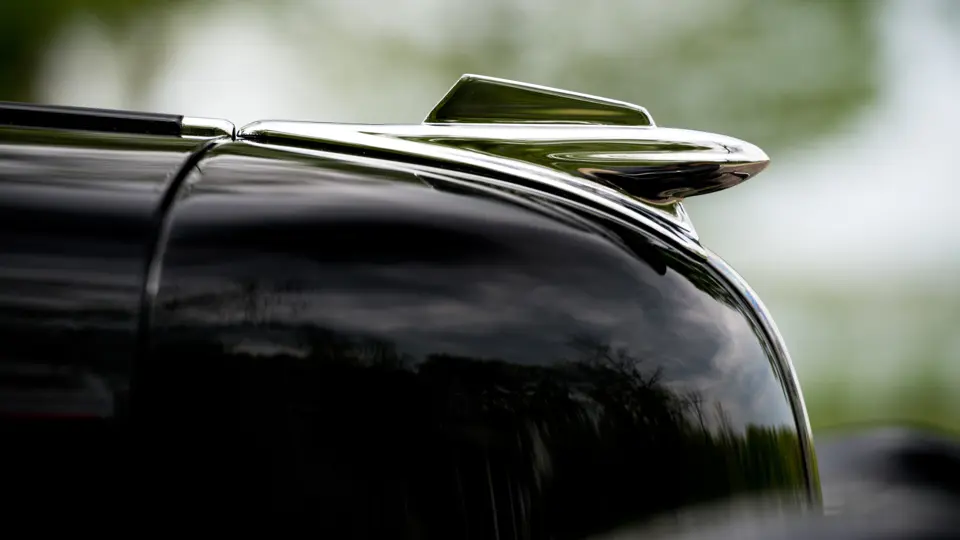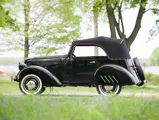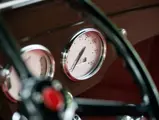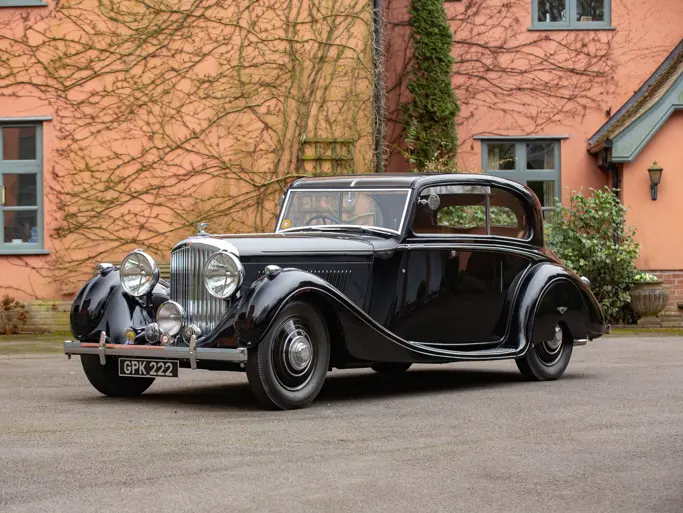23 bhp, 50 cu. in. L-head inline four-cylinder engine, single-barrel carburetor, three-speed manual transmission, solid front axle with transverse leaf spring, live rear axle with quarter-elliptic leaf springs, and four-wheel mechanical brakes. Wheelbase: 74.5 in.
Few manufacturers, before or since, have believed in their product as much as Roy Evans did. The creator of the American Austin refused to give up after the tiny little car failed in 1934, and by 1937, a revised and modernized version, the American Bantam, was rolling out of the factory in Butler, Pennsylvania. The car’s basic 50-cubic inch four-cylinder engine was pepped up somewhat with the able assistance of famed racing engineer Harry Miller, while Count Alexis de Sakhnoffsky skillfully updated the Bantam line with an up-to-date, streamlined design, earning the princely sum of $300 for his services.
The Bantam, like the Austin before it, was a car ahead of its time. It was small, it was incredibly economical to run, and it was, for lack of a better word, adorable. Those qualities, which work so well for sales of today’s small cars, didn’t impress buyers of the late 1930s. Fewer than 7,000 were produced before production ended for good in 1941, shortly before many Bantam buyers came to appreciate the fuel-sipping little runabouts in the days of rationing ahead. The company’s lasting influence was, in its final months, developing a small prototype military vehicle; mass-production of which would be handled by Ford. It would come to be known as the jeep.
Today, Bantams have developed quite a following among enthusiasts, supported by an active club and always bringing the most “smiles per mile” to any collector car event.
The final-year Bantam offered here is undoubtedly one of the best examples in existence. This example is a rare four-passenger Riviera Convertible Sedan that was styled by future Tucker designer Alex Tremulis and built in extremely limited numbers. It was restored for the present owners to what can only be described as a concours level, to which few Bantams have aspired, much less achieved, at a cost of over $100,000. Appropriate to its finish, it was displayed at the Amelia Island Concours in 2009 and at the Glenmoor Gathering in 2012, the latter as one of the few American entrants in that year’s special microcar class. It would be a spectacular addition to a collection of 1930s streamlined automobiles, the ultimate trophy for the Bantam collector, or simply an ideal purchase for the enthusiast who has everything and seeks to own “the best of the rest.”

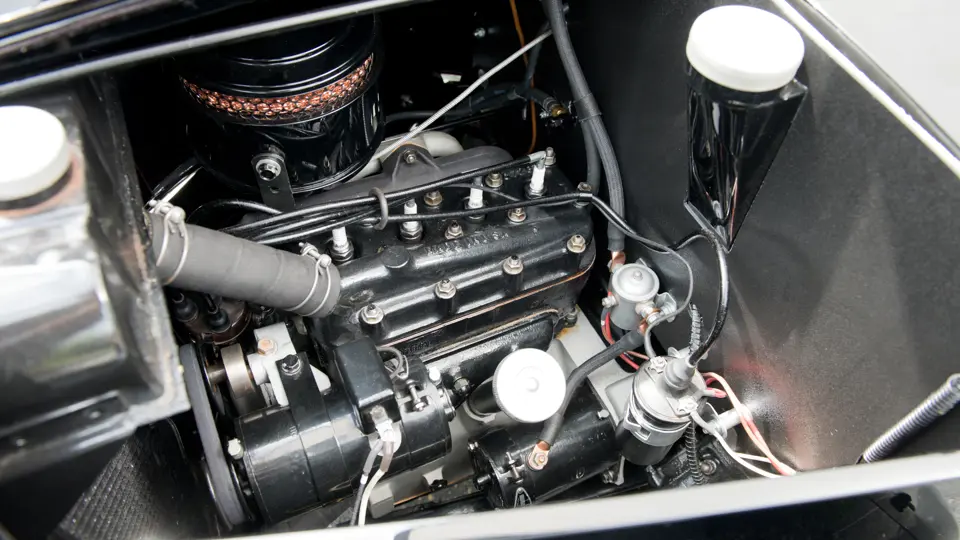





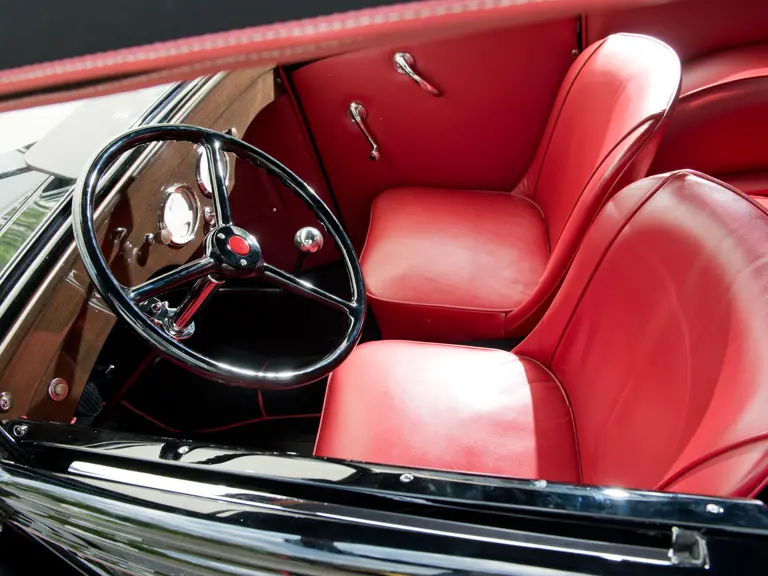





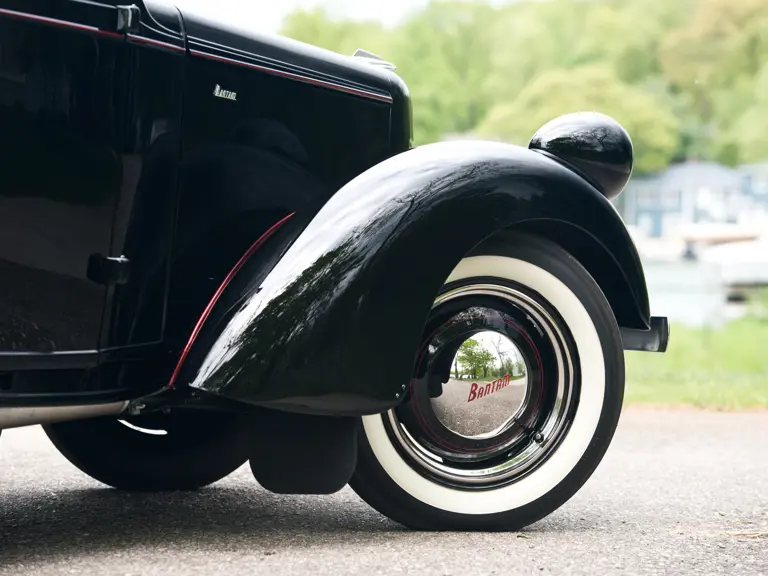


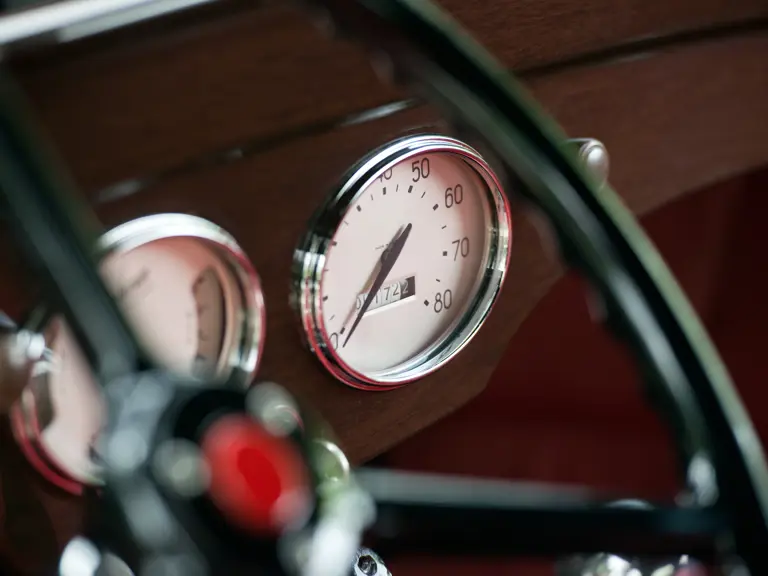
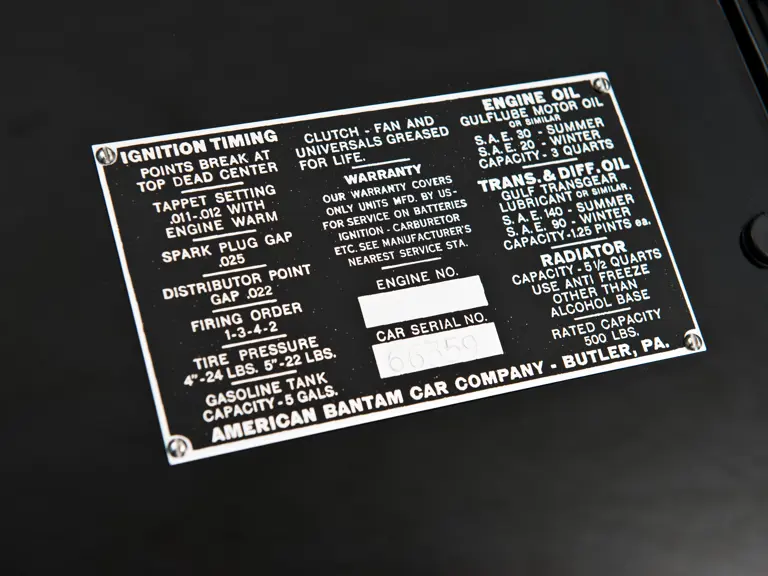

 | Plymouth, Michigan
| Plymouth, Michigan


